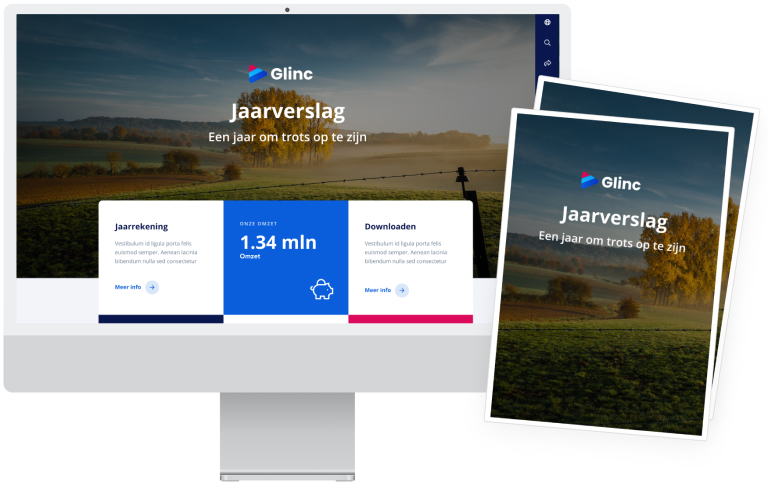Heat
WarmtelinQ
With the WarmtelinQ project Gasunie is building an underground main transmission pipeline that will bring waste heat, i.e. heat as a by-product of industrial processes, from the Port of Rotterdam, through Vlaardingen and to The Hague and Leiden to warm homes and businesses in the Province of Zuid-Holland. The go-ahead for the construction of the pipeline from the port to The Hague was given in 2021. Construction is in full swing and it is expected that this section will be ready to supply heat in the second half of 2025.
In July 2022, the Province of Zuid-Holland, the Ministry of Economic Affairs and Climate Policy, and Gasunie signed the Zuid-Holland heat grid covenant, giving the official go-ahead for the construction of the section of pipeline to run between Rijswijk and Leiden. Construction of this section is expected to be able to start in mid-2025, with the first heating expected to be supplied to Leiden and neighbouring municipalities in mid-2027.
After months of preparation, construction of the section of the WarmtelinQ heat transmission pipeline to The Hague got underway in Delft in October 2022. In November, a number of drilling operations were carried out near Rijswijk-Buiten using the horizontal directional drilling (HDD) method, with impressive results.
The horizontal directional drilling for WarmtelinQ in Delft under the Laan der Verenigde Naties road was a spectacular technical achievement. On 7 December 2022 local residents were given the opportunity to see the procedure for themselves and ask questions.
WarmtelinQ faced a number of challenges in 2022. For example, an appeal was lodged with the Council of State concerning the issuance of permits for the section of pipeline between Vlaardingen and The Hague. The Council of State has determined that additional research must be carried out and has stated that it will make its decision based on the findings. Their decision is expected in the second quarter of 2023.
Given the ruling of the Council of State on the construction exemption with regard to the nitrogen issue at Porthos, WarmtelinQ has applied for a Dutch Nature Conservation Act permit for limited nitrogen emissions during construction. We do not expect that either of these matters will have an effect on the completion date or the first ‘delivery’ of heat.
To minimise dependence on Russian gas, Gasunie completed the EemsEnergyTerminal in 2022. Given that heat transport pipelines are a prerequisite for the proper functioning of this installation, Gasunie has made available some of the insulated pipes originally earmarked for the WarmtelinQ project. This involves a total of three kilometres of pipeline. WarmtelinQ’s scheduled completion date will not have to be pushed back as a result.
Warmtenet Groningen
In September, provincial administrators from the Province of Groningen and municipal authorities in Eemsdelta, Het Hogeland and Groningen signed a letter of intent along with Gasunie, Enpuls, WarmteStad and Groningen Seaports for a heat transport pipeline from the port of Eemshaven and the Oosterhorn industrial area to the City of Groningen, passing a number of villages along the way. The pipeline is intended to provide homes with waste heat from businesses in the port and industrial area. Heat from local sources will also be accommodated in the grid. If the project proves to be feasible, the heat transport pipeline can be contributing to sustainable, reliable and affordable heating from around 2030.
Decision of the Dutch government on heating
The Dutch government has decided that from July 2024 – with a transitional period of seven years after that – all new heat grids will be in public hands. Private heat network companies can still participate in both the infrastructure and production and supply, provided that the majority of the infrastructure is in the hands of a public party. This decree will be part of the new Dutch Collective Heat Supply Act.
As a wholly owned subsidiary of state-owned Gasunie, WarmtelinQ is already in public hands. However, this decision does affect its distribution networks, i.e. the heat grids that deliver the heat from WarmtelinQ to homes and businesses over an intricate, local-level network. These distribution networks are now mostly in the hands of private parties like Eneco and Vattenfall. This will change in the future. Eneco and Vattenfall are WarmtelinQ’s founding customers.


